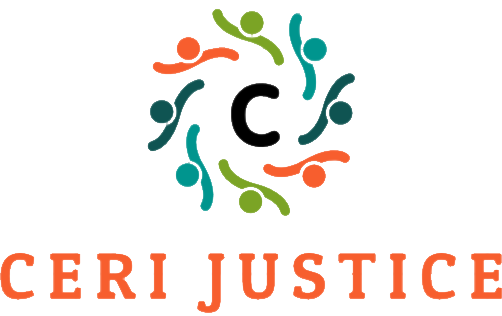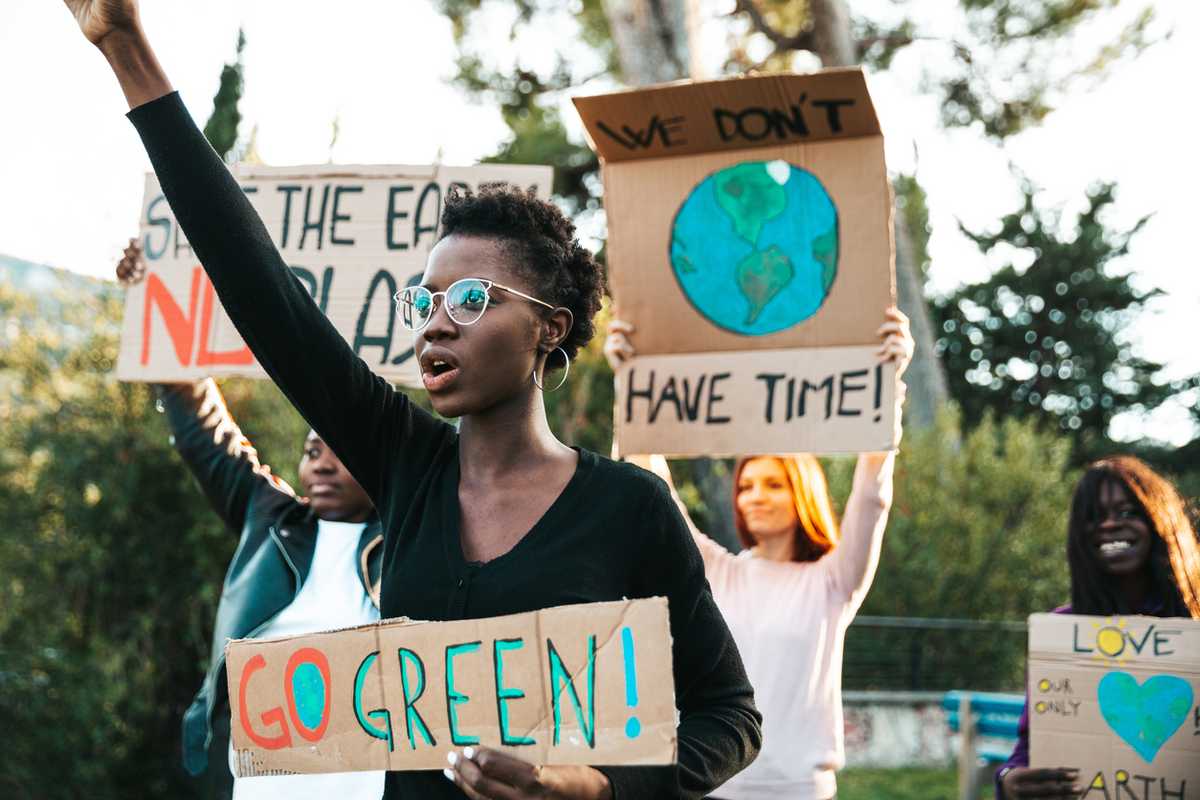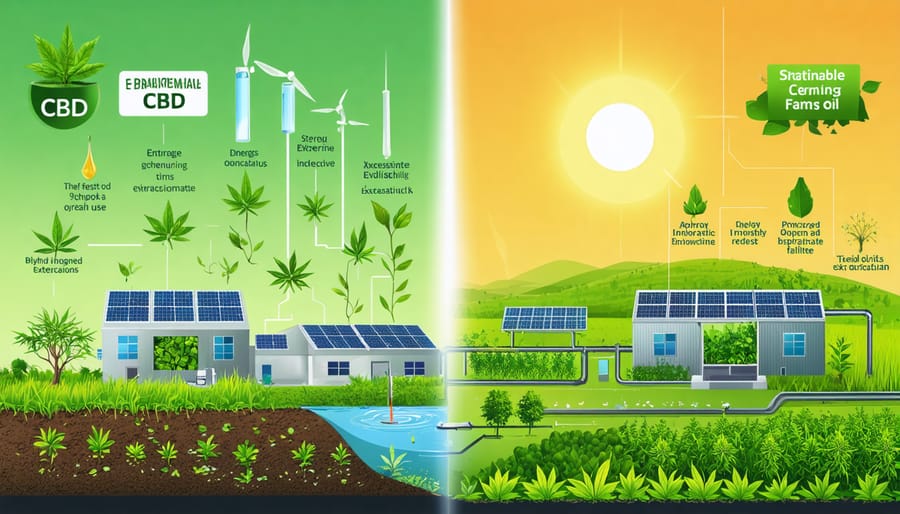The conversation around environmental justice has gained significant traction in Canada, bringing to light the intricate connections between environmental policies and social inequalities. Environmental justice seeks to address the disproportionate impact of environmental degradation and climate change on marginalized communities while ensuring fair access to environmental benefits. Canada’s approach to environmental justice involves a complex tapestry of policies, community engagement, and legal frameworks designed to protect vulnerable populations and distribute environmental benefits equitably.
The Roots of Disparity
Environmental justice challenges in Canada often reflect broader global patterns, where economically disadvantaged and minority communities face greater exposure to pollutants and less access to clean air, water, and natural resources. Indigenous communities, in particular, have historically been marginalized from discussions about land management and environmental protection, even though they are frequently the most directly impacted by decisions in these areas.
Industrial developments, such as mining, oil extraction, and logging, have disproportionately been located near Indigenous lands. This proximity poses risks to the health of local communities and their surrounding environments, threatening traditional lifestyles and cultural survival. Furthermore, climate change exacerbates existing vulnerabilities, with heightened risks of flooding, forest fires, and reduced access to traditional food sources affecting Indigenous and northern communities the most.
Legislative Frameworks and Community Action
Canada has recognized these issues and is taking steps to integrate environmental justice into its legal and policy frameworks. The Canadian Environmental Protection Act (CEPA), for example, is designed to protect environmental and human health, providing mechanisms to prevent pollution and environmental degradation. However, activists and community leaders argue that more specific provisions are needed to address environmental justice directly.
Community-led initiatives across Canada have been pivotal in advocating for stronger protections and more inclusive policies. For example, the Aamjiwnaang First Nation in Ontario has been at the forefront of fighting against chemical pollution that affects their community due to nearby industrial plants. Through persistent advocacy, these communities have brought national attention to the stark reality of “sacrifice zones” where economic priorities have historically trumped health and environmental concerns.
Policies and Progress
At the governmental level, efforts to incorporate environmental justice into policy-making are evolving. The Impact Assessment Act of 2019, which replaced the Canadian Environmental Assessment Act, now requires that assessments of new projects consider not only environmental but also health, social, and economic effects, including impacts on Indigenous peoples. This holistic approach is a step forward in acknowledging and addressing the multifaceted nature of environmental justice.
Additionally, Canada’s commitment to the United Nations Declaration on the Rights of Indigenous Peoples (UNDRIP) in 2021 further solidifies its stance on protecting Indigenous rights, which are often closely linked to environmental justice. This includes ensuring that Indigenous communities have a say in the projects that affect their lands and livelihoods.
Moving Forward
While Canada has made strides toward recognizing and addressing environmental justice, significant challenges remain. Ensuring that environmental benefits such as clean air, water, and access to green spaces are equitably distributed requires ongoing vigilance, advocacy, and adaptation of policies. The future of environmental justice in Canada hinges on continuous dialogue between governments, Indigenous groups, communities of color, and economically disadvantaged populations.
For a truly just environmental future, Canada must continue to evolve its policies, engage with affected communities, and strive for an inclusive approach that recognizes the intrinsic links between environmental and social well-being. As the country moves forward, the principles of fairness, equity, and inclusivity will be crucial in shaping a sustainable and just environmental landscape.




